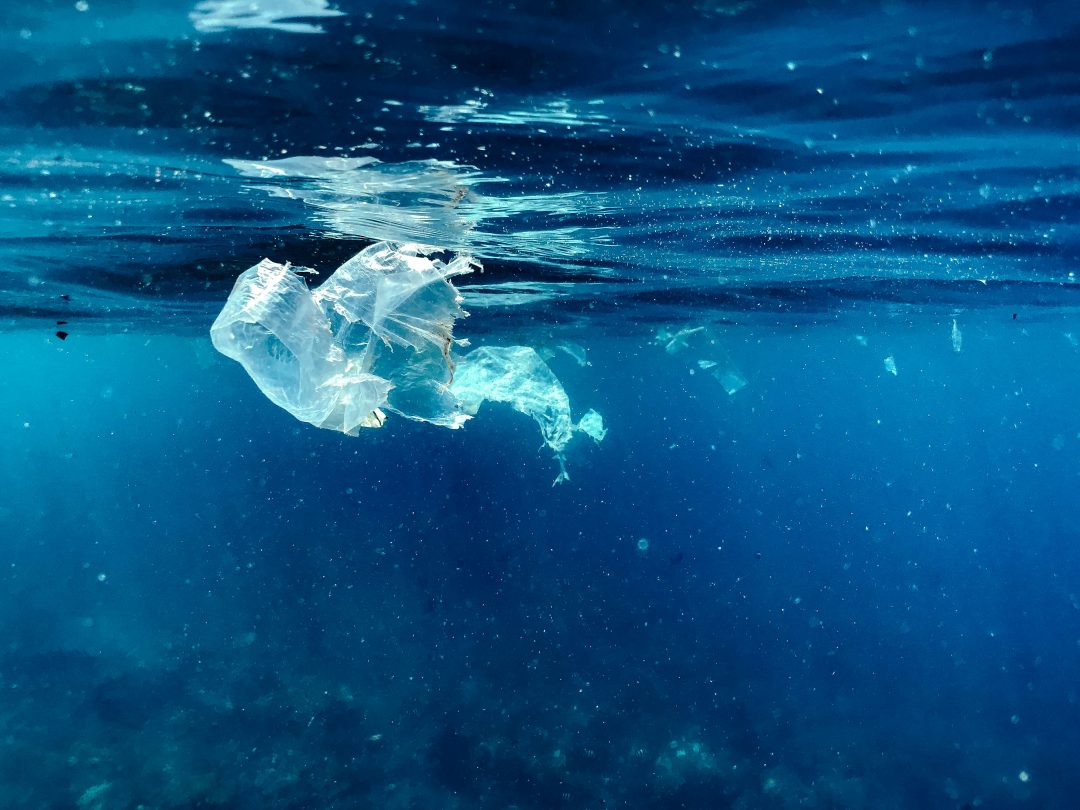
Crossing the Body’s Defenses
The human body is built with barriers — the lungs, the placenta, and the blood–brain barrier — designed to block harmful particles. Yet nanoplastics, fragments smaller than 1 µm, are now proven to cross these protective walls.
A 2024 study, Translocation of Nanoplastics Across Biological Barriers (Nature Nanotechnology), demonstrated that particles as small as 100 nm can move from the lungs into the bloodstream within hours. Similarly, research in Environment International (2023) detected plastic fragments in human placental tissue, showing that maternal exposure can reach the developing fetus.
Inside the Brain and Beyond
Once inside circulation, nanoplastics can penetrate the blood–brain barrier, a defense once thought nearly impenetrable.
A 2025 investigation by the University of New Mexico Health Sciences (Microplastics in Human Brain Tissue) revealed plastic fragments in brain samples at concentrations 50 % higher than a decade ago, particularly in individuals with neurodegenerative conditions.
These particles trigger oxidative stress, neuroinflammation, and cellular damage, potentially contributing to cognitive decline and neurotoxicity — a growing public health concern.
Invisible Threat, Tangible Solutions
Because of their nanoscale size, these particles evade both natural defenses and standard water filtration systems.
At Klar2O, our next-generation filtration media are engineered to capture micro- and nanoplastics, PFAS, and plastic-derived chemicals, protecting water quality at the molecular level.
The threat may be invisible, but the solution is clear.
Learn more at klar2o.com — and discover how to protect your body’s most vital barriers.
Lorem ipsum dolor sit amet, consectetur adipiscing elit. Ut elit tellus, luctus nec ullamcorper mattis, pulvinar dapibus leo.